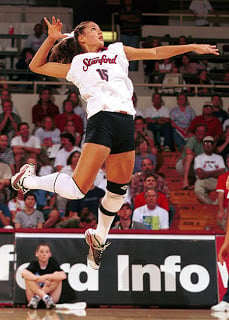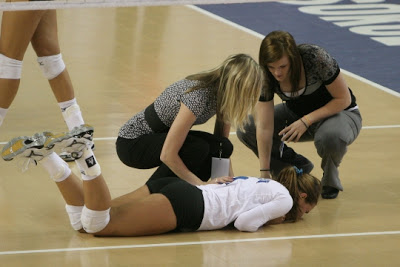
If we are going to talk vertical jump height, best to start with the sport that has the consistently highest marks, volleyball.
Girls club volleyball season is getting underway, and everyone coming in to train wants to know one thing…
“What is my touch height?”
Volleyball is a unique sport because for most of these girls, there is no such thing as an “off-season”. If they are lucky they get about 2 weeks off after JO’s (if they are not going to summer camps) and they might get another 2 weeks off after school season (if they do not go deep into the playoffs).

All this to say, most volleyball players are very physically run down this time of year after a long school season with practice and games 6 nights per week. While many of our athletes have been able to maintain and even improve their strength levels by training just one day per week at Sparta, others are much weaker. As a result, we see touch height lower than normal, but more importantly injury risk is higher than normal. Shoulder injuries, ankle injuries, and knee injuries are always more prevalent late in the season when athletes are fatigued and playing at less than 100%.
At Sparta, we coach approach jump technique as a skill. While training for strength and power is the key determinant of jump height because these allow you to put more force in the ground (GRF), technique is also important for improved movement efficiency. Athletes with good technique are able to consistently put their bodies in good position which results in improved performance, delayed fatigue, and reduced risk for injury.
Feet contact the ground together (at takeoff and landing)
Good body position – chest up, hips low, ARMS BACK
Feet in a “closed” position, which requires the right approach ANGLE to the ball